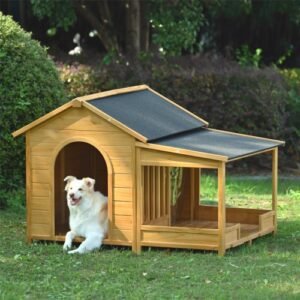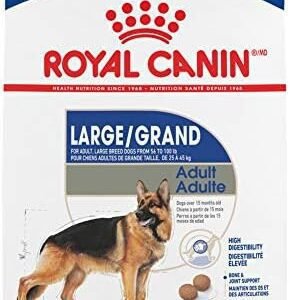Managing a female dog’s reproductive cycle is crucial for both breeders and pet owners. A Dog Estrus Calculator is a valuable tool that helps track and predict your dog’s heat cycles. Let’s explore how this calculator works and how it can benefit you and your canine companion.
Dog Estrus Cycle Calculator
What is Dog Estrus?
Before diving into the calculator, it’s important to understand what estrus means. Estrus, commonly known as “heat,” is the period when a female dog is fertile and receptive to mating. Most dogs experience their first heat cycle between 6 and 12 months of age, though this can vary by breed, with smaller breeds typically starting earlier than larger breeds.
How to Use a Dog Estrus Calculator
Using an estrus calculator is straightforward and involves these key steps:
1.Record the start date of your dog’s last heat cycle – This is when you first notice signs like vulvar swelling or bloody discharge
2.Input your dog’s breed size – Different sized breeds have different cycle lengths:
- Small breeds: typically cycle every 3-4 months
- Medium breeds: usually every 6 months
- Large breeds: commonly every 6-8 months
- Giant breeds: may only cycle once per year
3. Note any previous cycle patterns – If you have records of previous cycles, enter these to improve prediction accuracy
Benefits of Using an Estrus Calculator
For Breeders
- Better breeding planning
- More accurate prediction of optimal mating times
- Improved scheduling of veterinary appointments
- Enhanced record-keeping for breeding programs
For Pet Owners
- Better preparation for heat cycles
- Easier planning of vacations and boarding
- More effective prevention of unwanted pregnancies
- Improved monitoring of reproductive health
Understanding the Results
The calculator typically provides:
- Estimated next heat start date
- Projected fertile window
- Recommended breeding dates
- Duration predictions for each cycle phase
The Four Stages of the Estrus Cycle
1.Proestrus (7-10 days)
- First visible signs of heat
- Swollen vulva and bloody discharge
- Male dogs show interest, but female isn’t receptive
2.Estrus (5-10 days)
- Fertile period
- Discharge becomes lighter and straw-colored
- Female is receptive to males
3.Diestrus (60-90 days)
- Post-ovulation period
- Return to normal behavior
- Pregnancy occurs during this phase if breeding was successful
4.Anestrus (3-4 months)
- Reproductive rest period
- No sexual activity or hormonal changes
Tips for Accurate Tracking
- Keep detailed records of cycle dates and symptoms
- Note any behavioral changes
- Document the color and amount of discharge
- Record the duration of each cycle phase
- Take photos to track physical changes
When to Consult a Veterinarian
While estrus calculators are helpful tools, seek veterinary advice if you notice:
- Irregular cycles
- Abnormal discharge
- Extended heat periods
- Signs of infection
- Behavioral concerns
Additional Considerations
Remember that estrus calculators provide estimates based on averages. Individual dogs may vary, and factors such as:
- Age
- Health status
- Environmental conditions
- Stress levels
- Presence of other female dogs
can all affect cycle timing and duration.
References and Further Reading
American Kennel Club. “Dog Heat Cycle Basics”
Society for Theriogenology. “Canine Reproduction Guidelines”
World Small Animal Veterinary Association. “Reproductive Management in Dogs”
Conclusion
A Dog Estrus Calculator is an invaluable tool for anyone managing intact female dogs. While it shouldn’t replace veterinary guidance, it provides a structured way to track and predict reproductive cycles, helping both breeders and pet owners make informed decisions about their dogs’ reproductive health.
Remember that every dog is unique, and while calculators offer helpful estimates, they should be used in conjunction with careful observation and professional veterinary care when needed. Regular tracking and documentation will help you understand your dog’s individual patterns and ensure optimal reproductive health management.
























